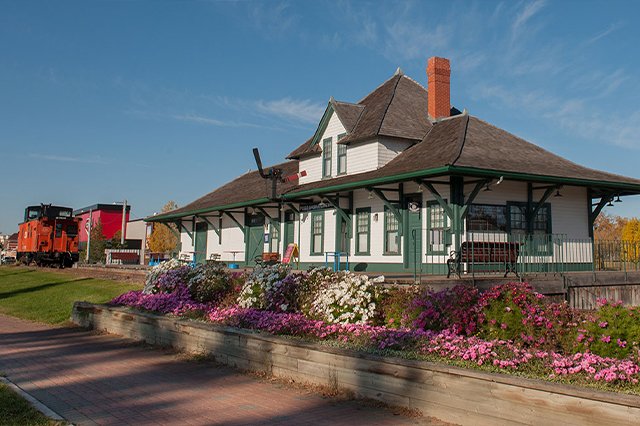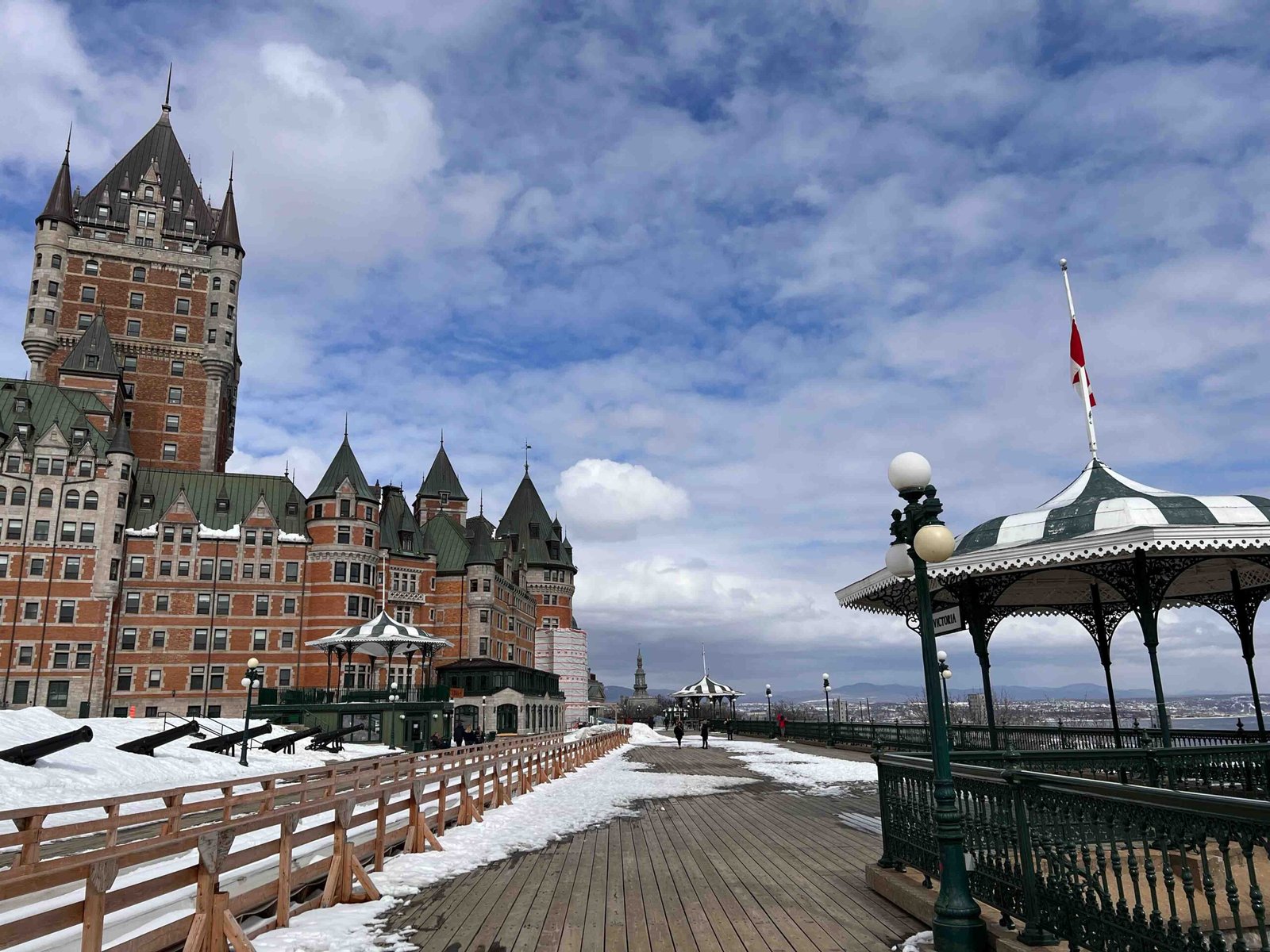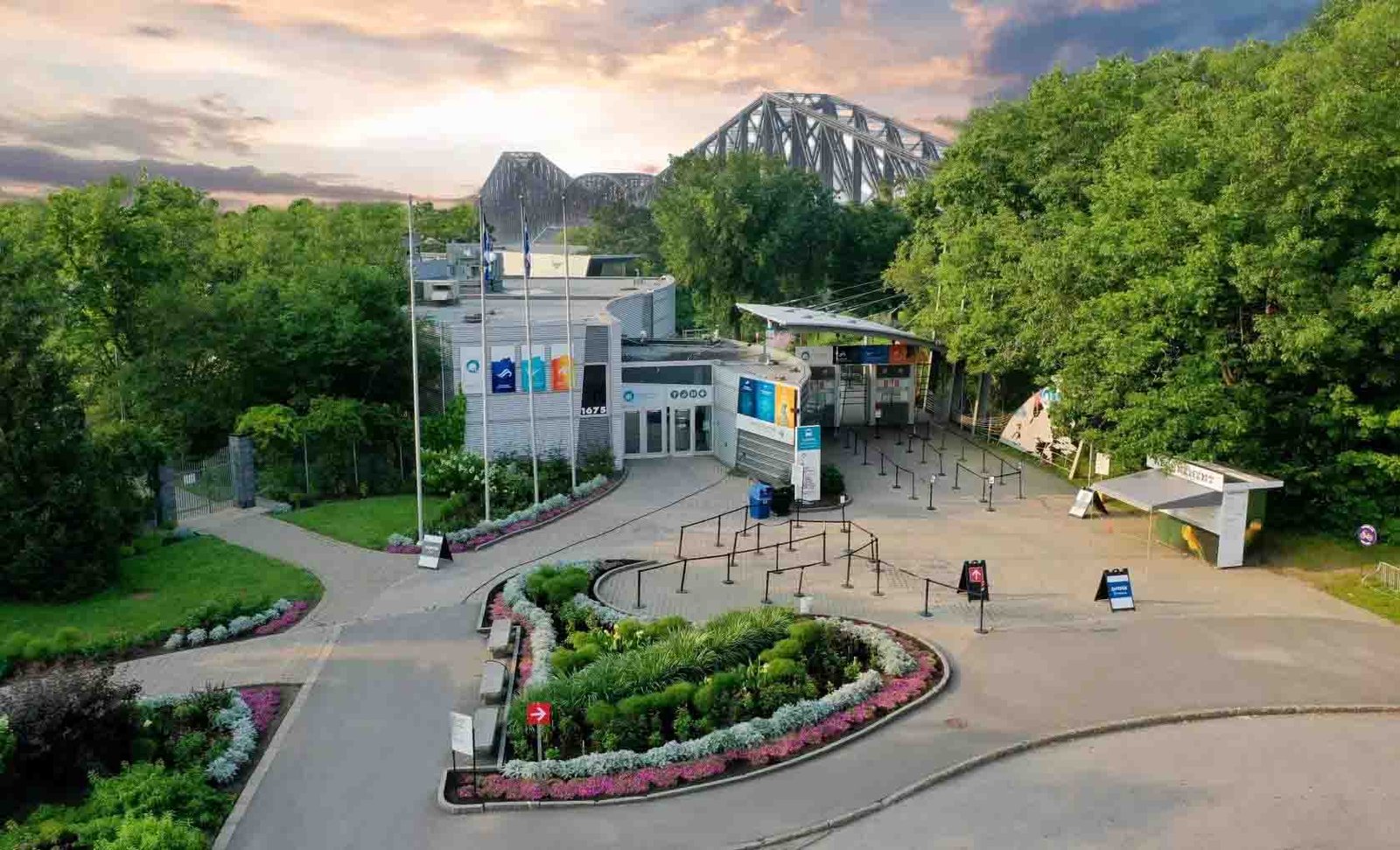A Visitor’s Guide to Fort Saskatchewan Museum: Exhibits, History, and Cultural Heritage
The Fort Saskatchewan Museum & Historic Site offers visitors a fascinating glimpse into the rich history of Fort Saskatchewan and its role in Alberta’s development. Established in 1958, the museum preserves and presents the city’s heritage, with a focus on the region’s early pioneer life, law enforcement history, and railway heritage. Nestled in the heart of Fort Saskatchewan, about 30 minutes from Edmonton, the museum is an engaging destination for anyone interested in the history of Western Canada.
The museum’s exhibits include a collection of historic buildings, artifacts, and displays that reflect life in the late 19th and early 20th centuries. From the North West Mounted Police (NWMP) to early settlers and the railway era, the museum provides a comprehensive look at the factors that shaped the city’s development and Alberta’s history.
A Historic Hub for Law Enforcement, Railways, and Pioneer Life
Fort Saskatchewan’s origins date back to 1875, when the North West Mounted Police established a fort in the area. Over time, the city grew into a major center for law enforcement and agriculture, and the museum’s exhibits highlight the city’s transformation from a small outpost to a thriving community. The museum also preserves several historic buildings, offering visitors a chance to step into the past and experience life as it was for early settlers, law enforcement officers, and railroad workers.
What to See and Do at Fort Saskatchewan Museum
- Historic Buildings and Exhibits:
- One of the highlights of visiting the Fort Saskatchewan Museum is exploring its collection of historic buildings, each of which has been carefully restored and furnished to reflect life during the late 1800s and early 1900s. These buildings, located on the museum grounds, offer visitors an immersive experience in Alberta’s pioneer and law enforcement history.
- North West Mounted Police Guard House:
- The NWMP Guard House is one of the museum’s most important historical buildings. It represents Fort Saskatchewan’s early role as a center for law enforcement. Inside, visitors can learn about the history of the North West Mounted Police, the forerunners of the Royal Canadian Mounted Police (RCMP), and their presence in the region. The Guard House also includes exhibits on early law enforcement methods and life in the police barracks.
- Pioneer Homes:
- The museum also features several pioneer homes, which have been restored and furnished to reflect the domestic life of settlers during the late 19th and early 20th centuries. Visitors can step inside these homes to see how early settlers lived, cooked, and worked, offering a tangible connection to Alberta’s past.
- Historic Schoolhouse:
- Another highlight is the Fort Saskatchewan Schoolhouse, which provides insight into early education in Alberta. Visitors can explore the one-room schoolhouse, complete with original desks, chalkboards, and teaching materials, to experience what schooling was like for children in the pioneer era.
- Law and Order Exhibit:
- Fort Saskatchewan’s history as a center for law enforcement is one of the museum’s key themes. The Law and Order exhibit provides an in-depth look at the town’s early role as a headquarters for the NWMP and later the RCMP. The exhibit includes displays on the challenges faced by law enforcement officers, their role in maintaining order, and the evolution of law enforcement in Alberta.
- The Jail and Gallows:
- A sobering but important part of Fort Saskatchewan’s history is its role as a regional jail and execution site. The museum preserves the history of the Fort Saskatchewan Jail, which operated from the 1880s to the mid-20th century, and highlights the history of capital punishment in the region. Visitors can learn about the role of the NWMP in policing and justice, as well as the infamous cases associated with the jail.
- Railway Heritage:
- Fort Saskatchewan was a key stop on Alberta’s railway network, and the museum features exhibits on the region’s railway heritage. Visitors can learn about the importance of the railroad in connecting Fort Saskatchewan to the rest of Alberta and Canada, as well as its role in the growth of the city.
- CNR Station:
- The museum features a replica of a Canadian National Railway (CNR) station, complete with authentic artifacts from the early days of railway travel. This exhibit offers a glimpse into the life of railway workers and passengers and the vital role that the railroad played in the expansion of Western Canada.
- Agricultural History:
- Fort Saskatchewan’s early settlers were largely involved in agriculture, and the museum pays tribute to this important aspect of the town’s heritage. The Agricultural Exhibit showcases farming tools, equipment, and artifacts used by pioneers, as well as displays on the early agricultural practices that helped sustain the community.
- Farm Machinery:
- On the museum grounds, visitors can see historic farm machinery and tractors, providing insight into the technological advancements that helped shape Alberta’s agricultural industry.
- Rotating Exhibits and Special Programs:
- In addition to its permanent exhibits, the Fort Saskatchewan Museum hosts rotating exhibits that cover a variety of historical topics, from local Indigenous history to broader provincial and national events. These exhibits change throughout the year, offering something new for returning visitors.
- Special Events:
- The museum also hosts special events throughout the year, including historical reenactments, seasonal celebrations, and educational workshops. Events such as Canada Day celebrations, pioneer demonstrations, and Christmas at the Fort are popular with visitors and offer a fun way to engage with history.
- Hands-On Activities and Interactive Learning:
- The Fort Saskatchewan Museum is a family-friendly destination, offering plenty of hands-on activities and interactive learning opportunities for children and adults alike. Visitors can take part in guided tours, craft workshops, and historical demonstrations that bring the past to life.
- Costumed Interpreters:
- Throughout the museum, costumed interpreters provide live demonstrations of pioneer-era skills, such as butter churning, blacksmithing, and quilting. These activities are designed to be fun and educational, offering a deeper understanding of what life was like for Alberta’s early settlers.
- Children’s Programs and Field Trips:
- The museum offers educational programs for school groups, providing a unique way for students to learn about Alberta’s history through interactive exhibits and hands-on activities. The museum’s field trip programs align with Alberta’s educational curriculum and are designed to engage students with history in a meaningful and memorable way.
- Pioneer Crafts and Games:
- Children visiting the museum can participate in pioneer crafts and games, allowing them to experience the fun side of historical life. Activities such as making butter, dressing in period clothing, and playing old-fashioned games are popular with younger visitors.
How to Get There
The Fort Saskatchewan Museum is located in Fort Saskatchewan, just a short drive northeast of Edmonton.
- Address: 10006 100 Ave, Fort Saskatchewan, AB T8L 0J3
- Public Transport: The museum is accessible via Edmonton Transit Service (ETS) routes and local bus services from Fort Saskatchewan.
- Parking: Free parking is available on-site for visitors.
Visiting Hours and Admission
The Fort Saskatchewan Museum is open year-round, with seasonal hours depending on the time of year.
- Hours: Typically open Tuesday to Saturday, 10 a.m. to 4 p.m. (hours may vary seasonally).
- Admission Fees: Admission is free, though donations are appreciated to help support the museum’s operations.
- Official Website: Fort Saskatchewan Museum
Best Time to Visit
The Fort Saskatchewan Museum is open year-round, but certain times of the year offer unique experiences:
- Summer (June to August): Ideal for exploring the outdoor exhibits, historic buildings, and family-friendly events.
- Winter Holidays: Visit during the Christmas season for festive events and seasonal programming that bring Alberta’s history to life.
A Must-Visit for History Buffs and Families
With its fascinating exhibits, historic buildings, and hands-on activities, the Fort Saskatchewan Museum offers a unique and educational experience for visitors of all ages. Whether you’re interested in Alberta’s pioneer history, the role of law enforcement, or the region’s agricultural and railway heritage, the museum provides an engaging way to explore the past. A visit to the museum is a great way to connect with Fort Saskatchewan’s rich history and Alberta’s development.






Leave a Reply